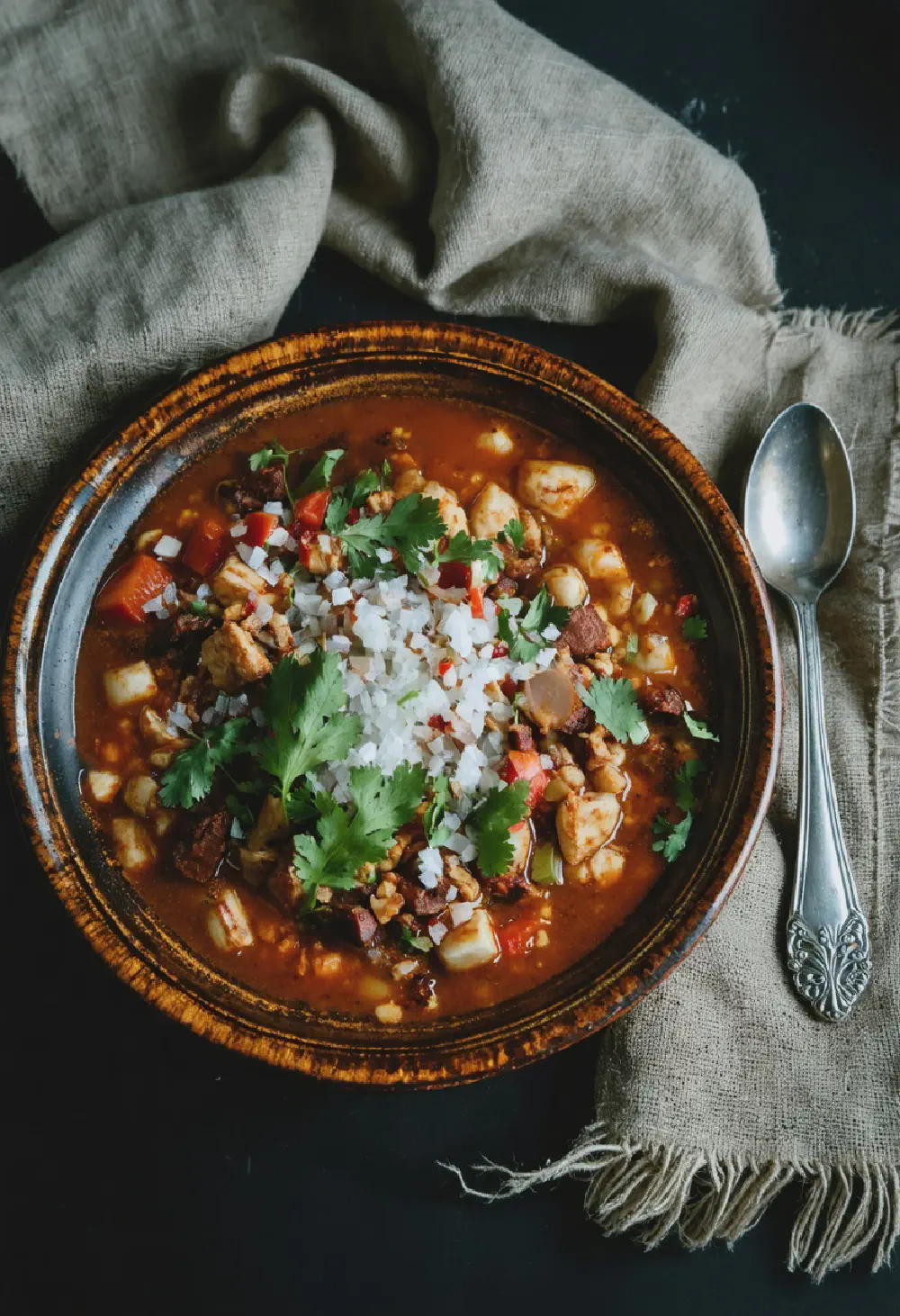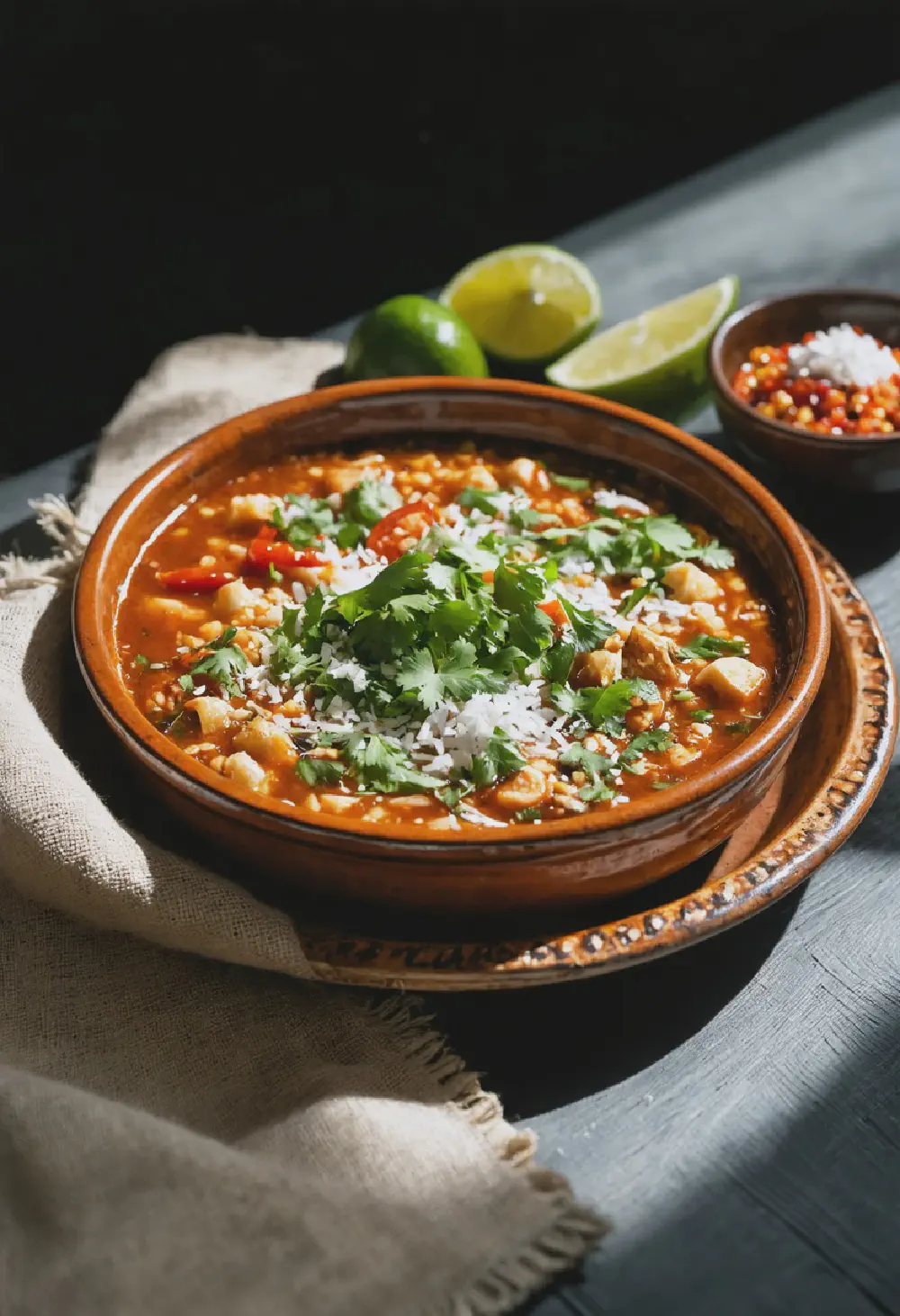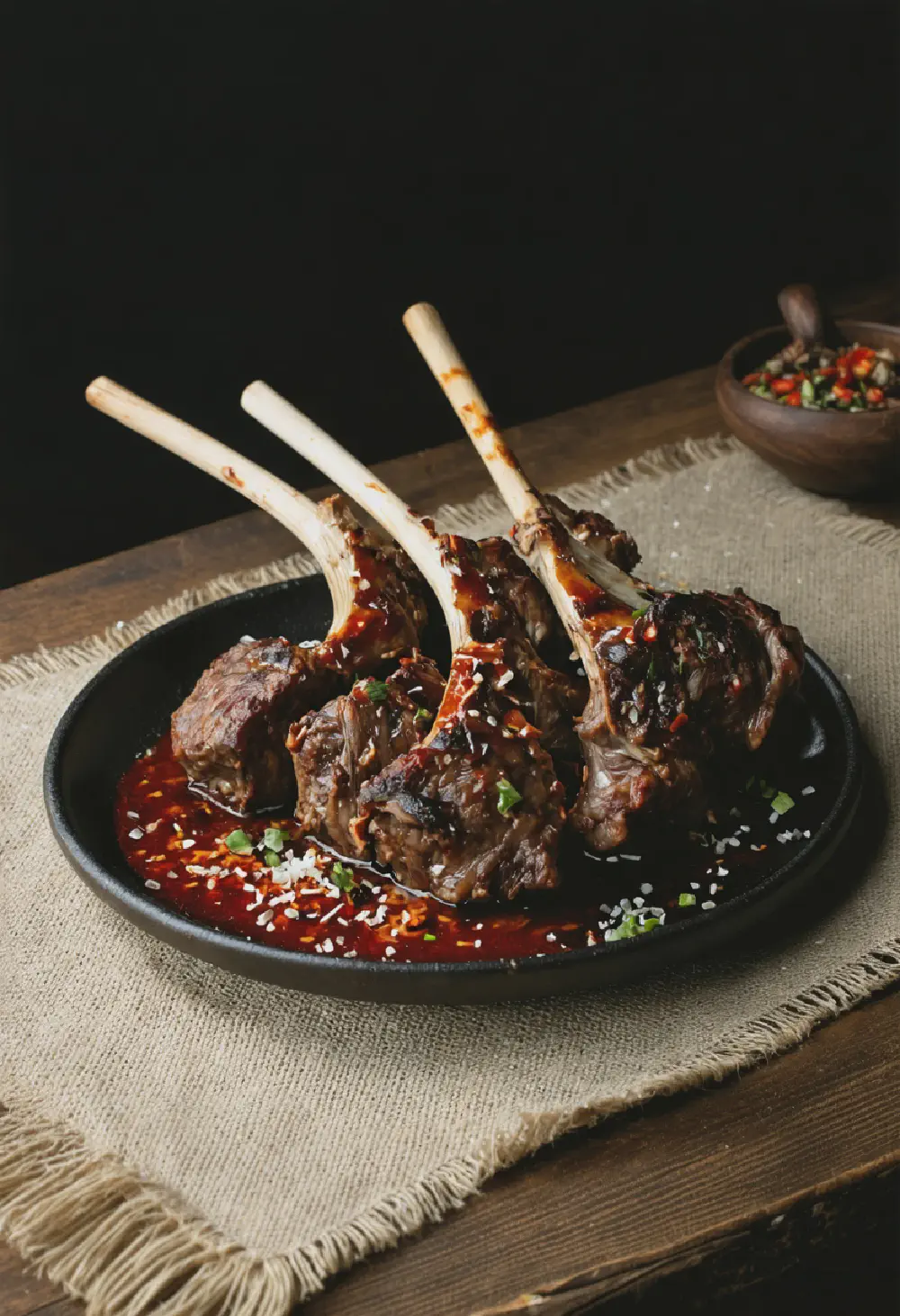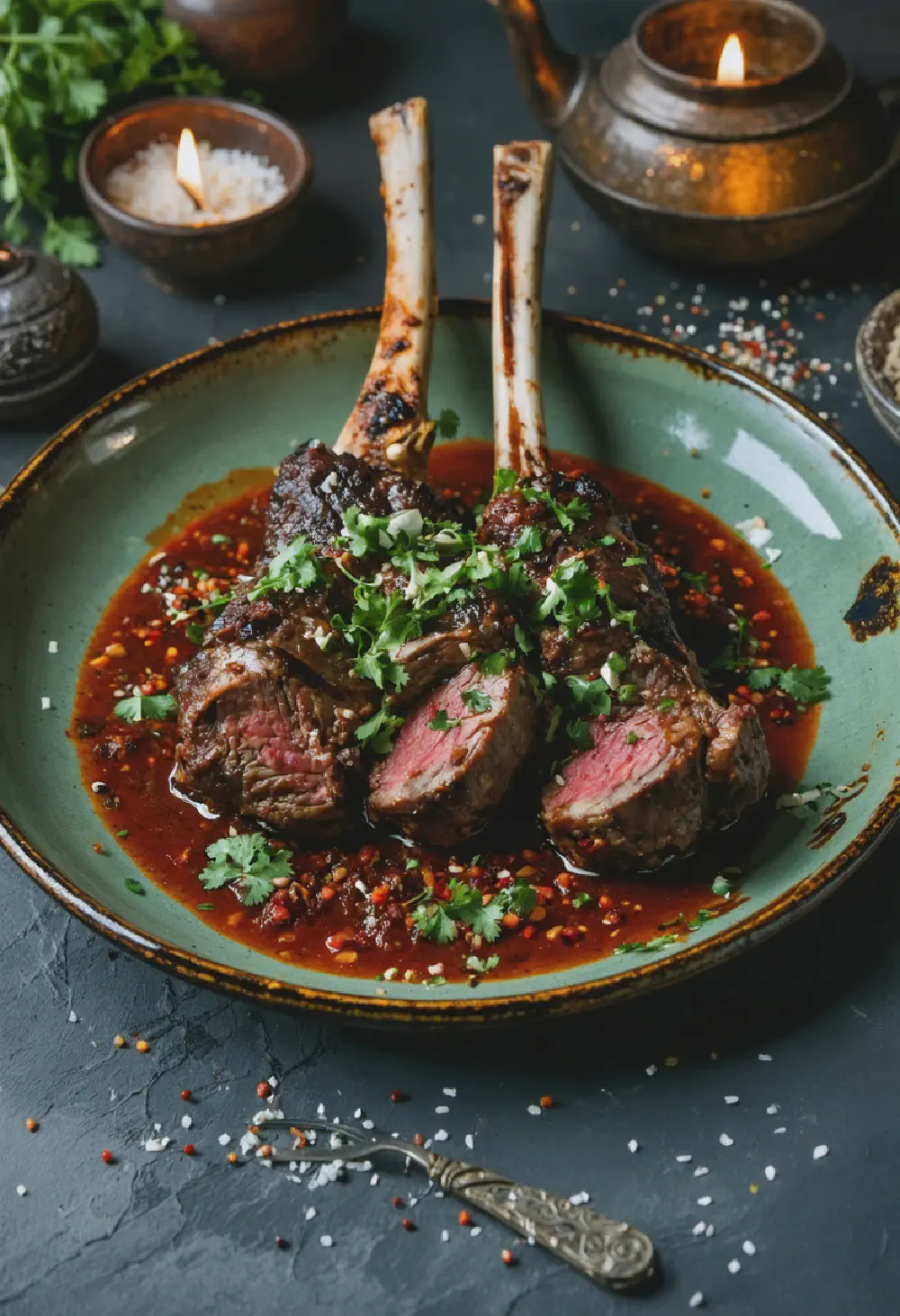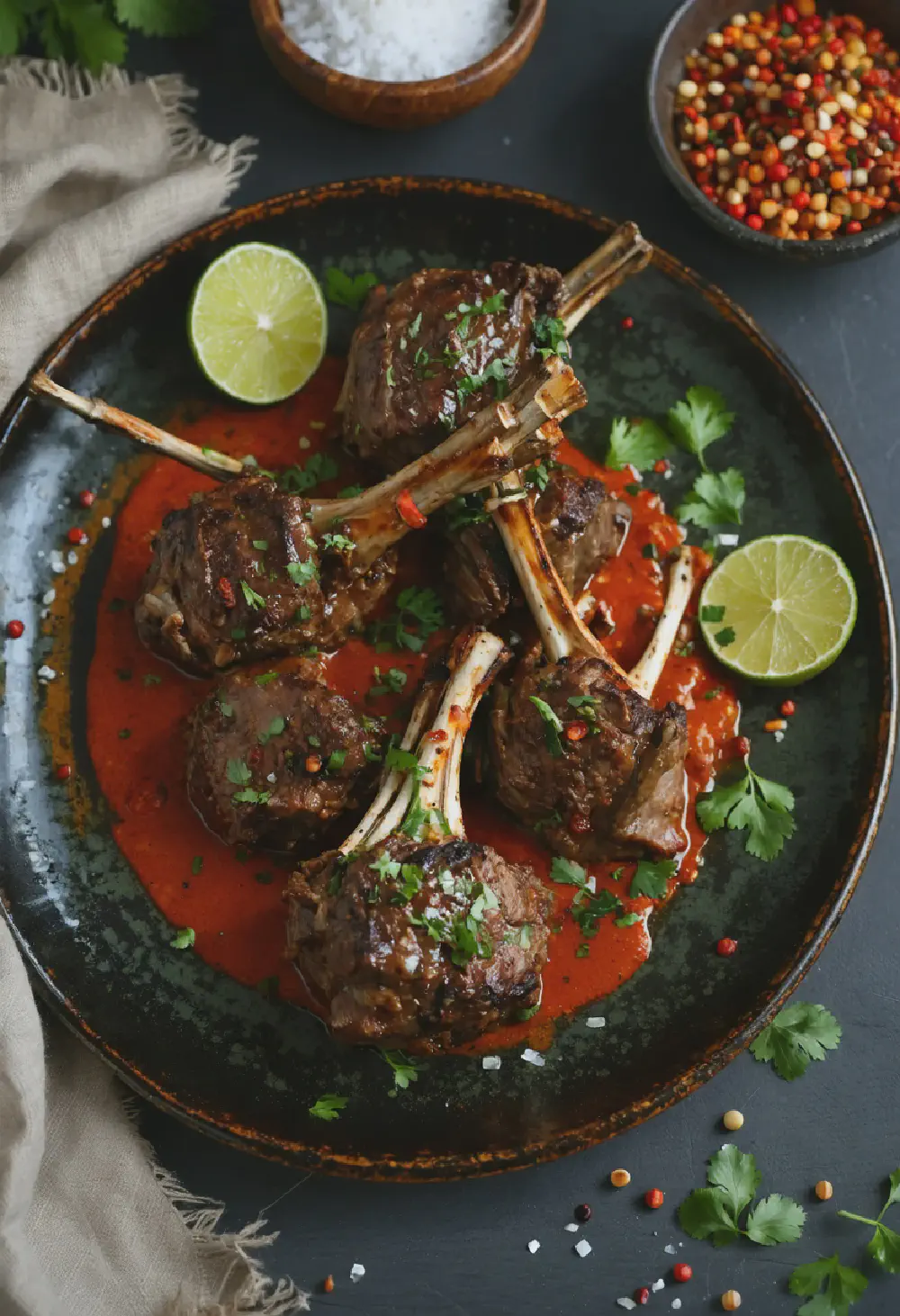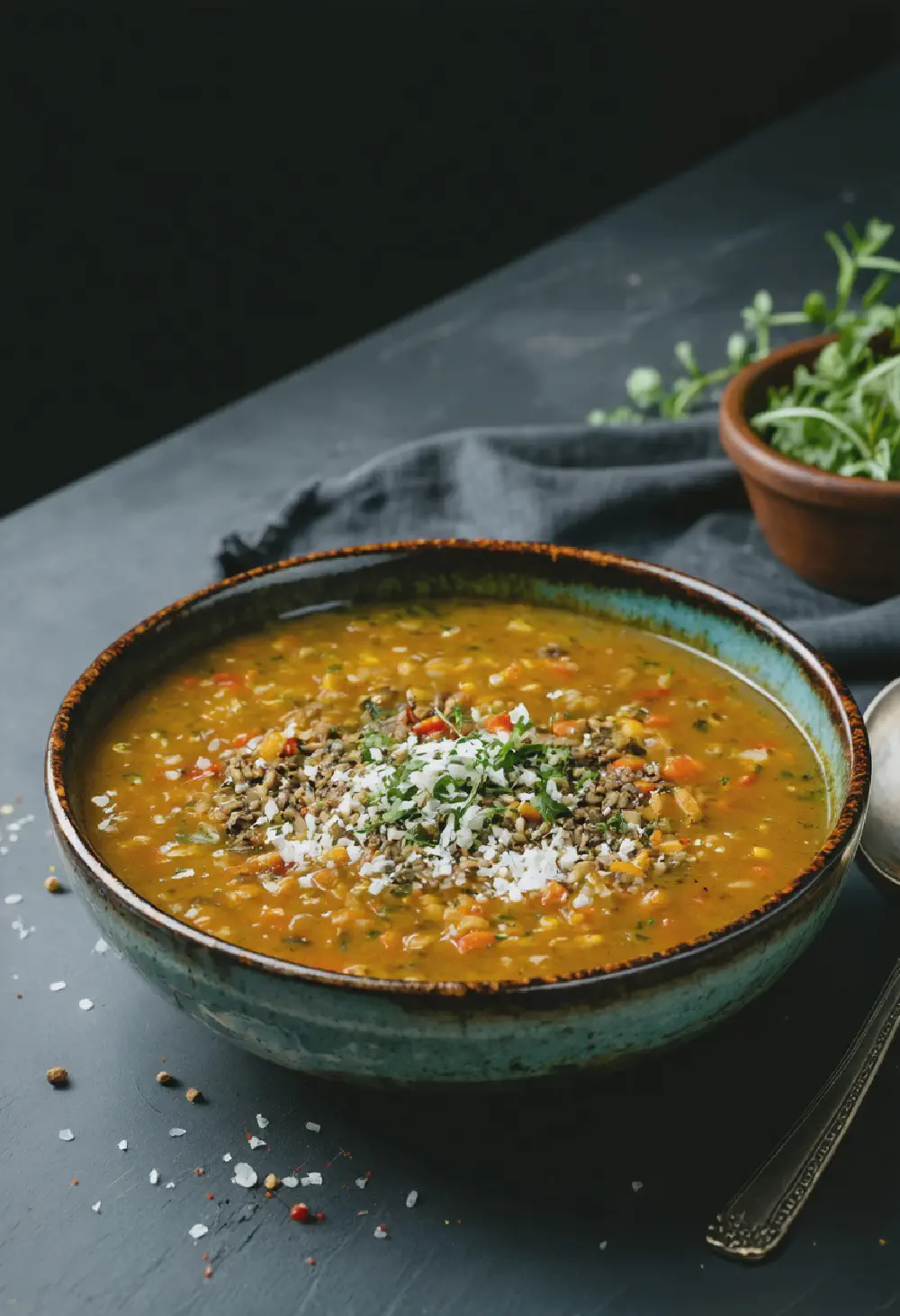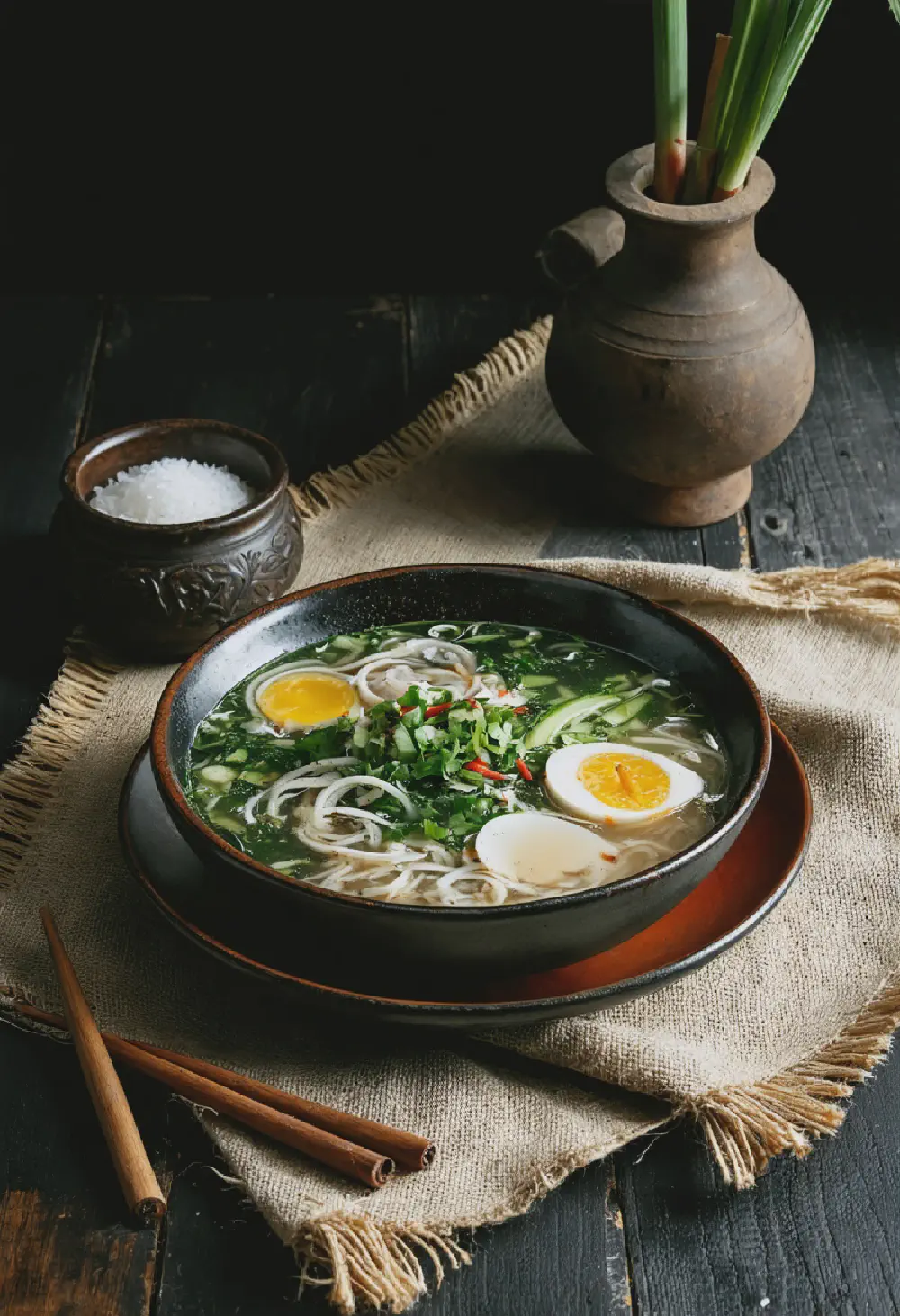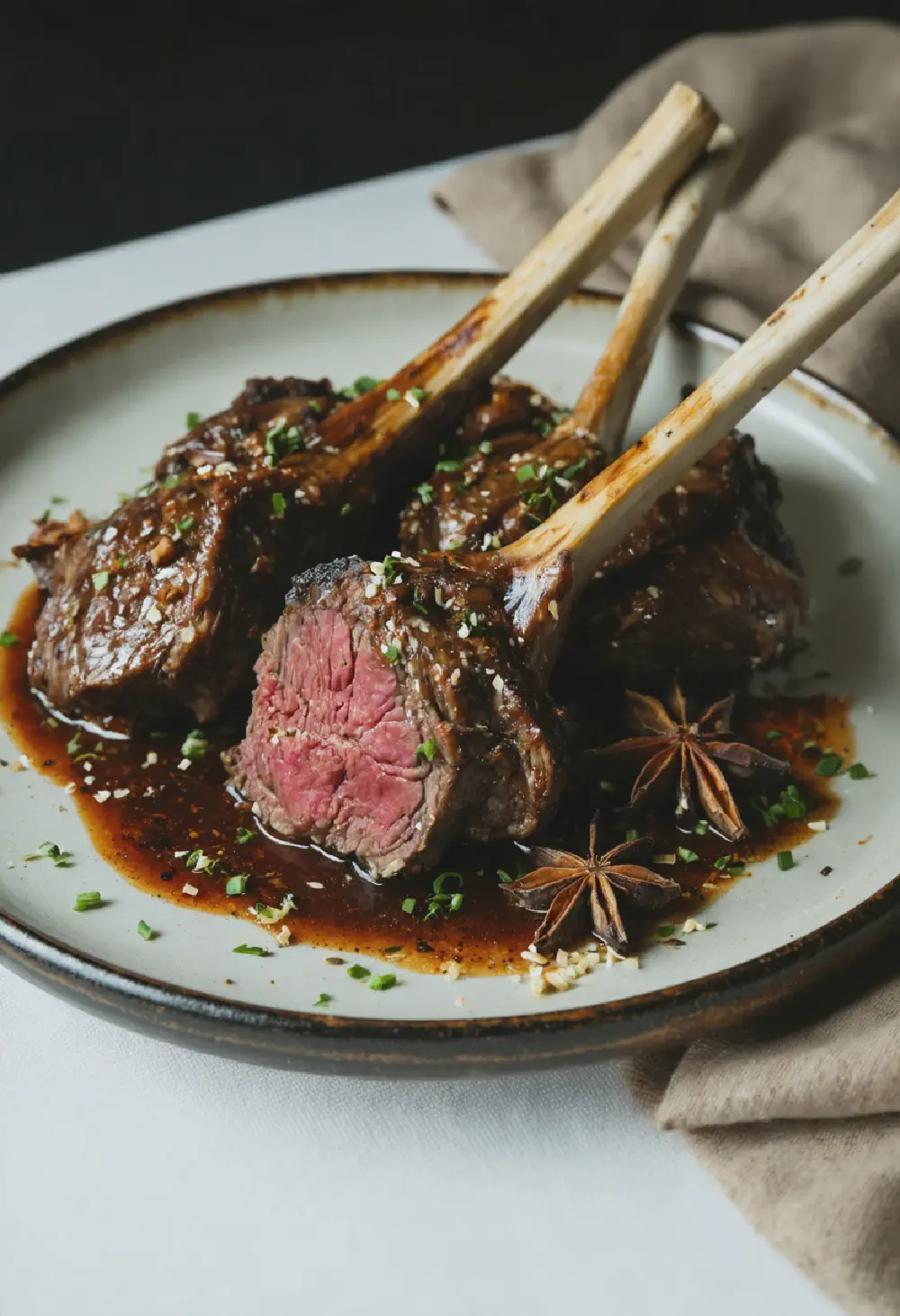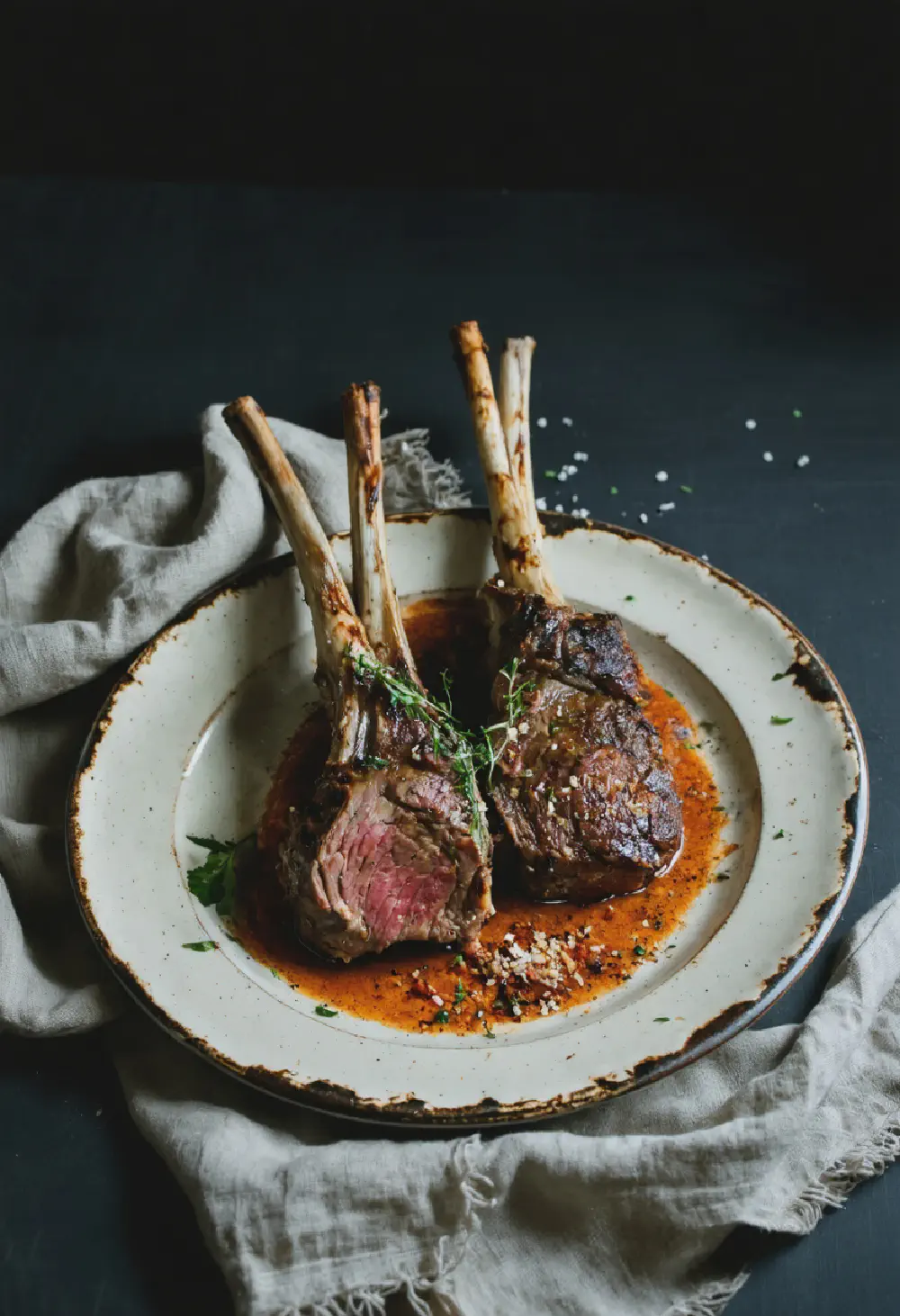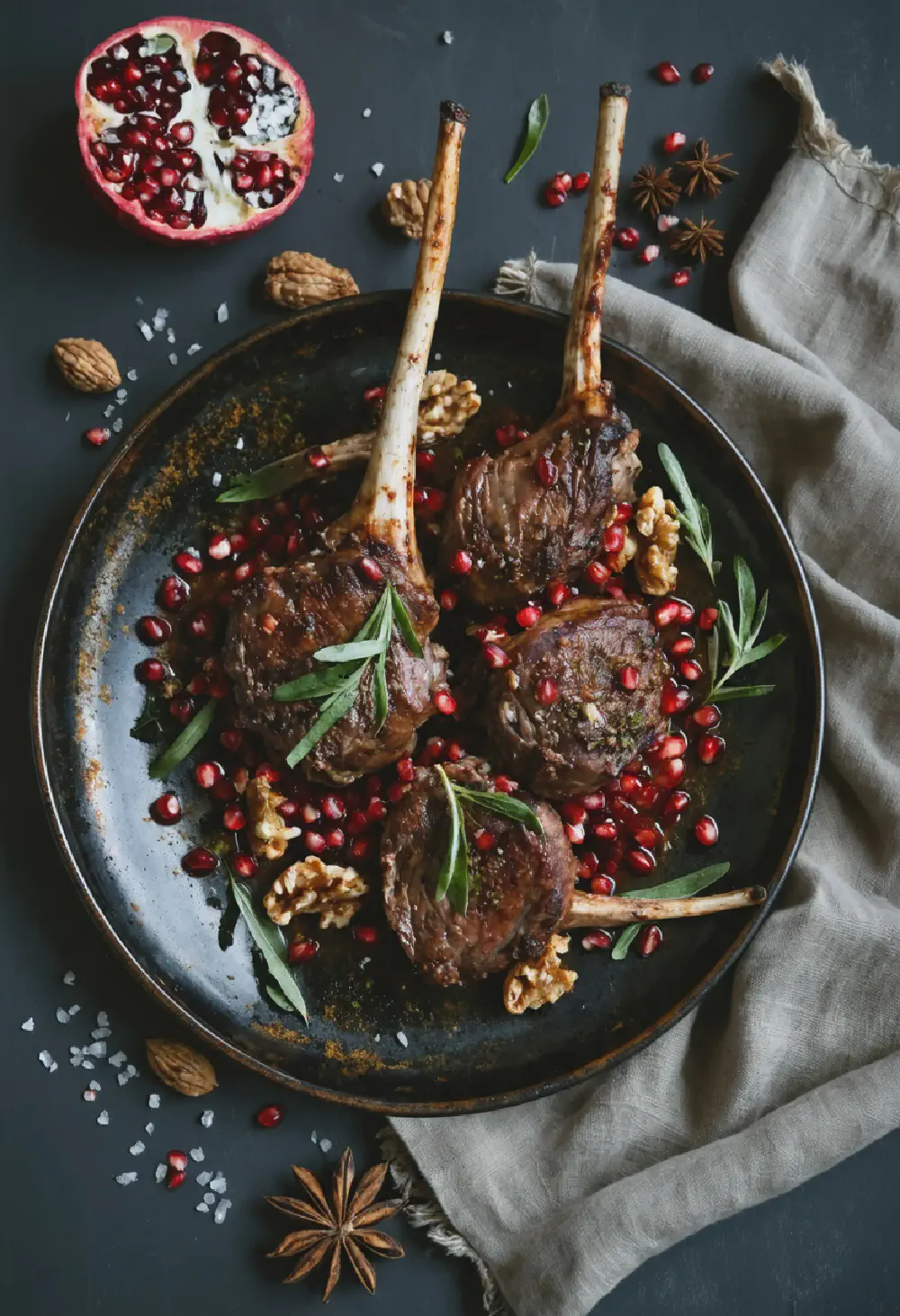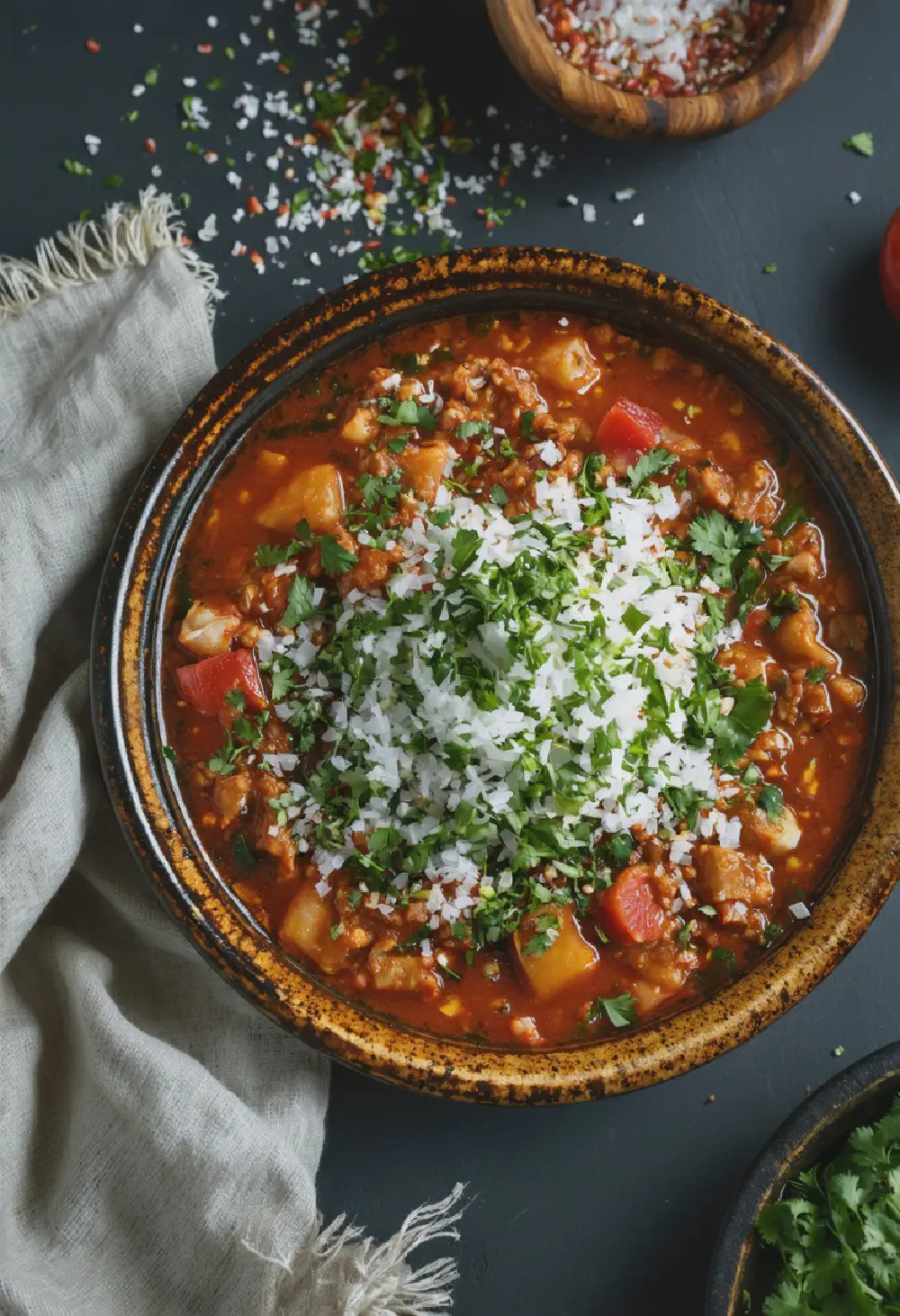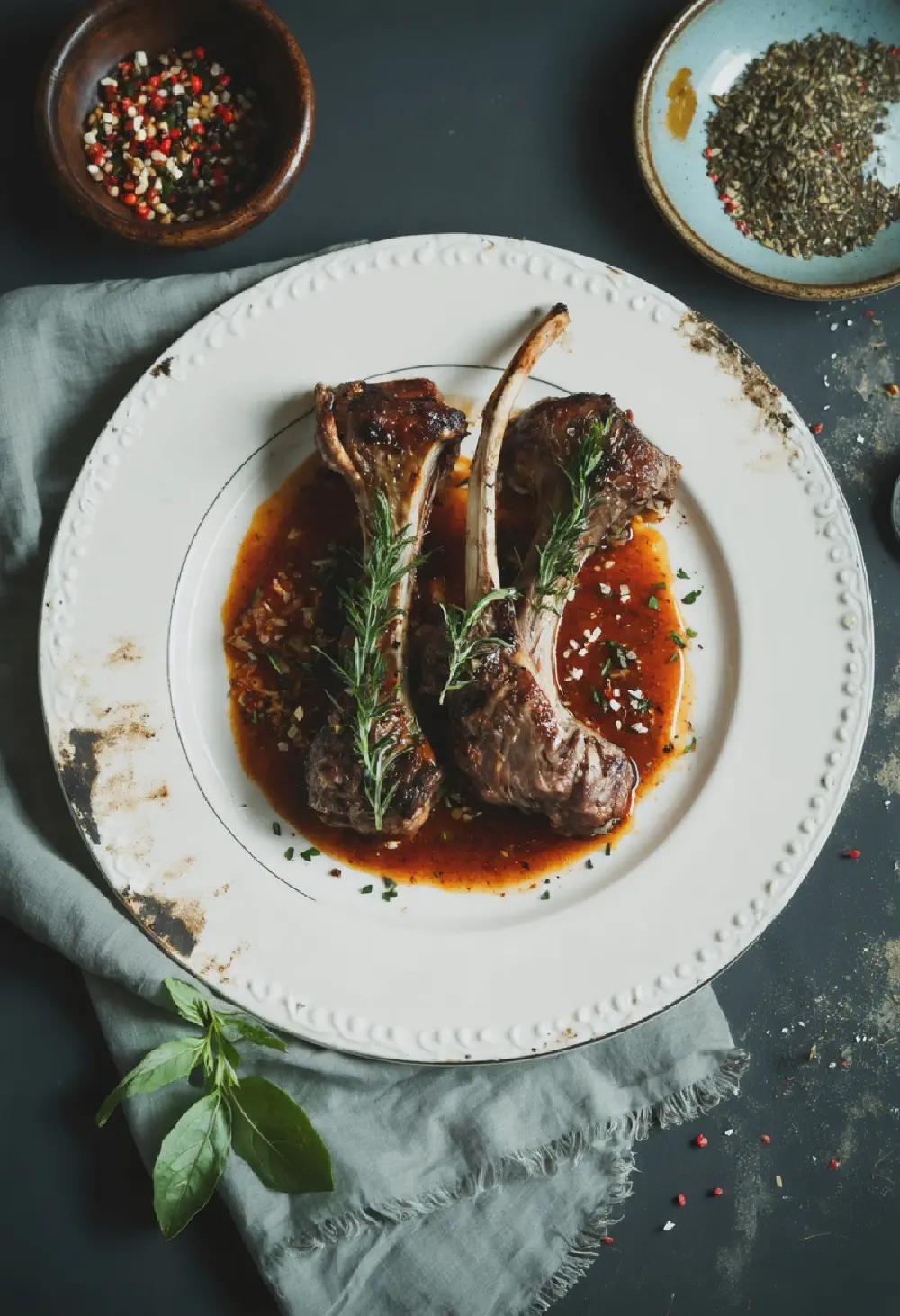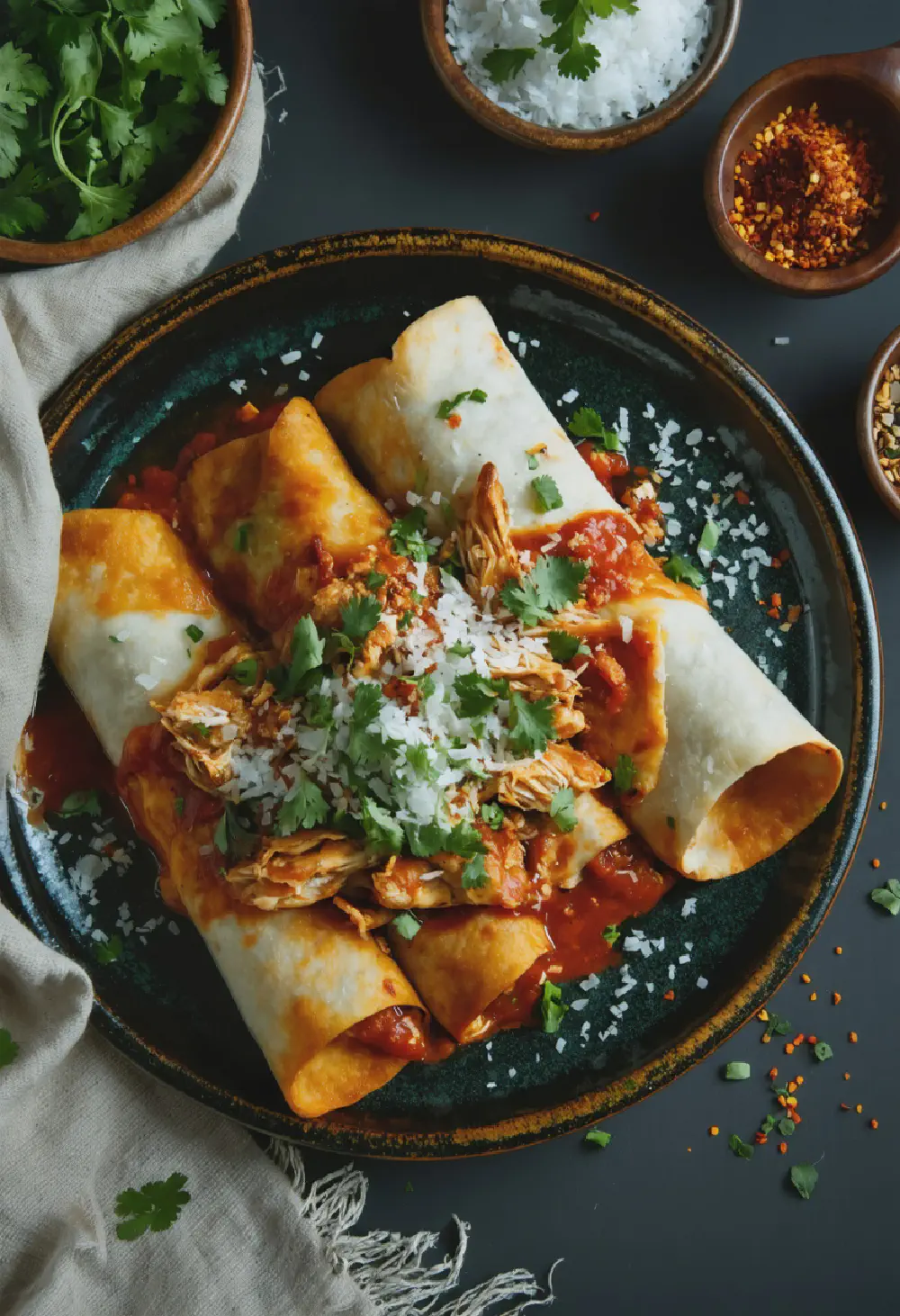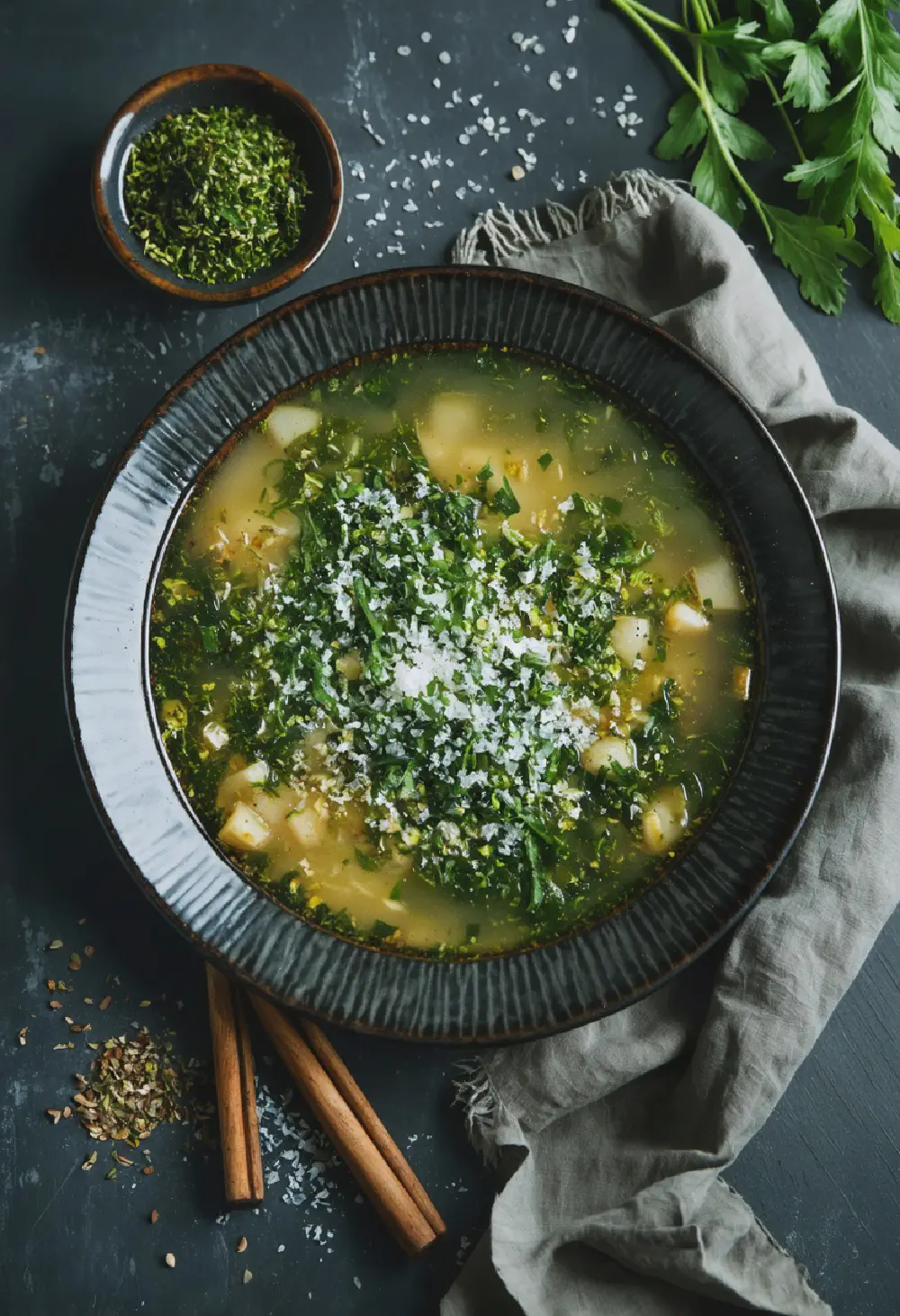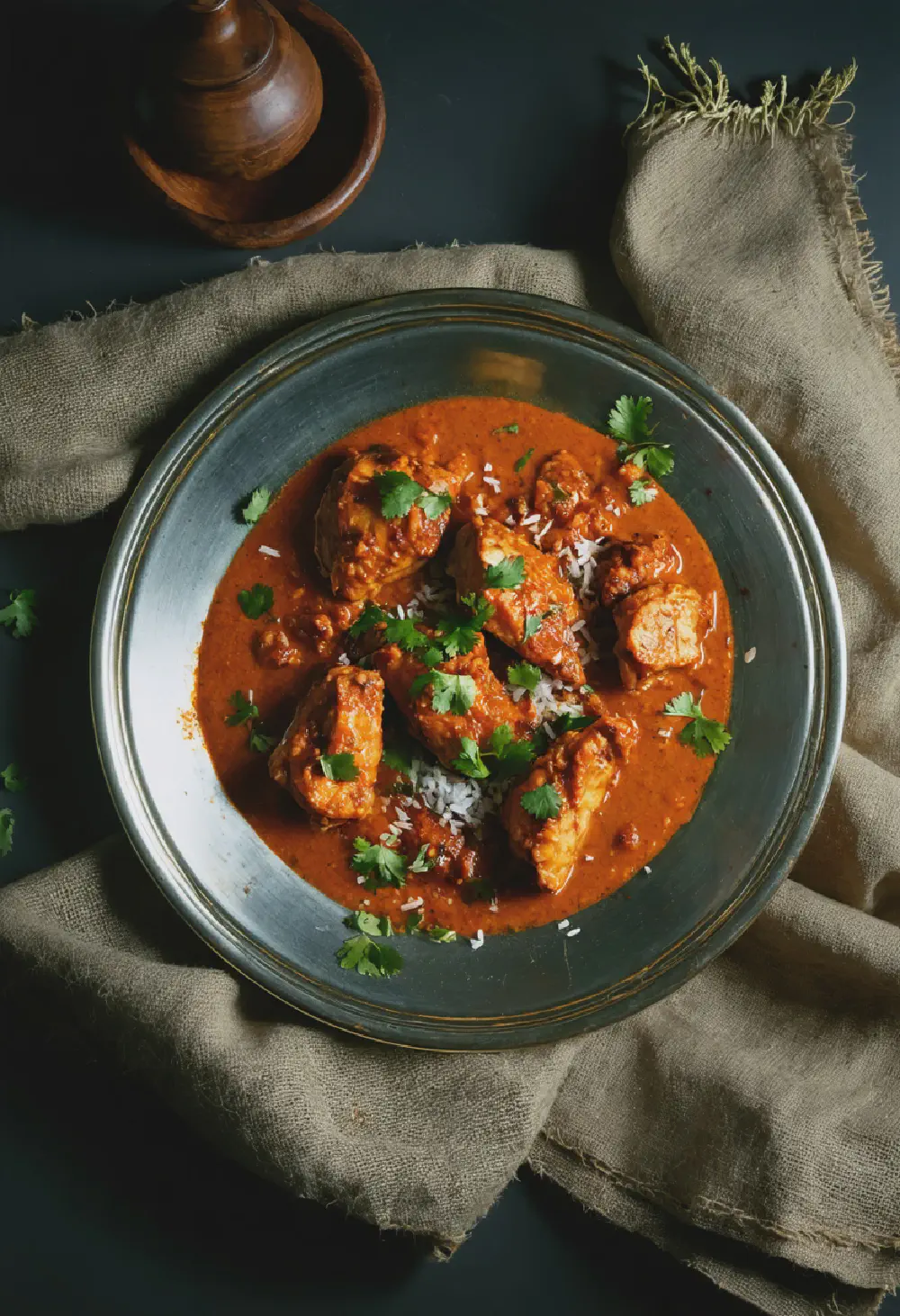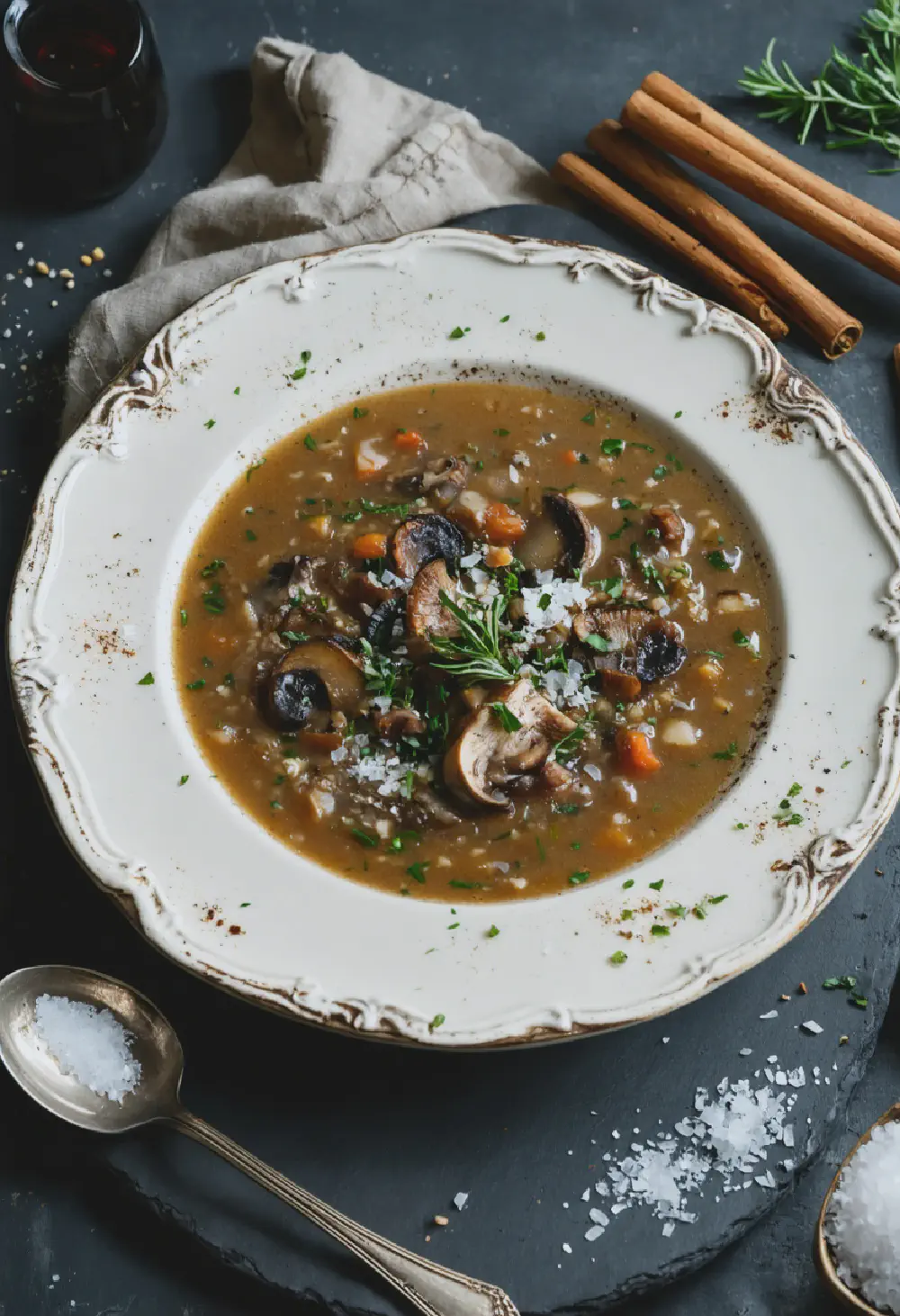Authentic Mexican Posole
20M
2H and 20M
- Makes 6
- 2 pounds pork shoulder, cut into 1-inch cubes
- 1 large onion, chopped
- 4 cloves garlic, minced
- 2 teaspoons dried oregano
- 1 teaspoon ground cumin
- 1 teaspoon salt
- 1/2 teaspoon black pepper
- 2 cans (29 ounces each) hominy, drained and rinsed
- 6 cups chicken broth
- 2 cups water
- 2 dried ancho chiles, stemmed and seeded
- 2 dried guajillo chiles, stemmed and seeded
- 1 can (14.5 ounces) diced tomatoes
- 1/4 cup chopped fresh cilantro
- Lime wedges, for serving
- Sliced radishes, for serving
- Shredded cabbage, for serving
- Diced avocado, for serving
- Crumbled queso fresco, for serving
- In a large pot, heat a tablespoon of oil over medium heat. Add the pork cubes and cook until browned on all sides, about 8 minutes. Remove the pork and set aside.
- In the same pot, add the chopped onion and cook until softened, about 5 minutes. Add the garlic, oregano, cumin, salt, and pepper, and cook for another minute until fragrant.
- Return the pork to the pot. Add the hominy, chicken broth, and water. Bring to a boil, then reduce heat to low and simmer for 1 hour.
- While the soup is simmering, prepare the chiles. Place the ancho and guajillo chiles in a bowl and cover with hot water. Let them soak for 20 minutes until softened. Drain the chiles and blend them with the diced tomatoes until smooth.
- Add the chile-tomato mixture to the pot and stir to combine. Continue to simmer for another hour, until the pork is tender and the flavors have melded together.
- Stir in the chopped cilantro and adjust seasoning to taste.
- Serve the Posole hot, garnished with lime wedges, sliced radishes, shredded cabbage, diced avocado, and crumbled queso fresco.
Authentic Mexican Posole: A Hearty Traditional Mexican Soup
History
The history of Authentic Mexican Posole traces back to the ancient civilizations of Mexico, particularly the Aztecs. Originally, Posole was made with human flesh as part of religious rituals, but with the arrival of the Spanish, pork replaced this controversial ingredient. The name “Posole” comes from the Nahuatl word “potzolli,” meaning “frothy,” which describes the texture of the hominy used in the dish. Over centuries, this traditional Mexican soup has evolved, becoming a staple in Mexican cuisine and a dish often served during celebrations and holidays, symbolizing abundance and community.
Taste Profile
Authentic Mexican Posole offers a rich and complex taste profile that is both comforting and invigorating. The base of the soup is built on hominy, which provides a unique, slightly chewy texture and a mild corn flavor. The addition of pork adds depth and richness, while a blend of spices like oregano, cumin, and chili peppers introduces warmth and a subtle heat. The soup is often garnished with fresh toppings such as shredded cabbage, radishes, lime, and cilantro, which add freshness and a burst of flavor, making each spoonful a delightful experience.
Cultural Significance
In Mexican culture, Authentic Mexican Posole holds a special place, often prepared for significant occasions such as weddings, birthdays, and religious holidays like Christmas and New Year’s Eve. It is more than just a meal; it’s a symbol of unity and festivity. Families and friends gather around large pots of Posole, sharing stories and creating memories. The dish is also a testament to Mexico’s rich culinary heritage, showcasing the country’s indigenous ingredients and traditional cooking methods. Serving Posole is a way to honor ancestors and celebrate the vibrant tapestry of Mexican culture.
By exploring the history, taste profile, and cultural significance of Authentic Mexican Posole, you can appreciate the depth and richness this traditional Mexican soup brings to the table. Whether you’re looking to warm up on a chilly day or celebrate a special occasion, Posole is a dish that embodies the heart and soul of Mexican cuisine.
